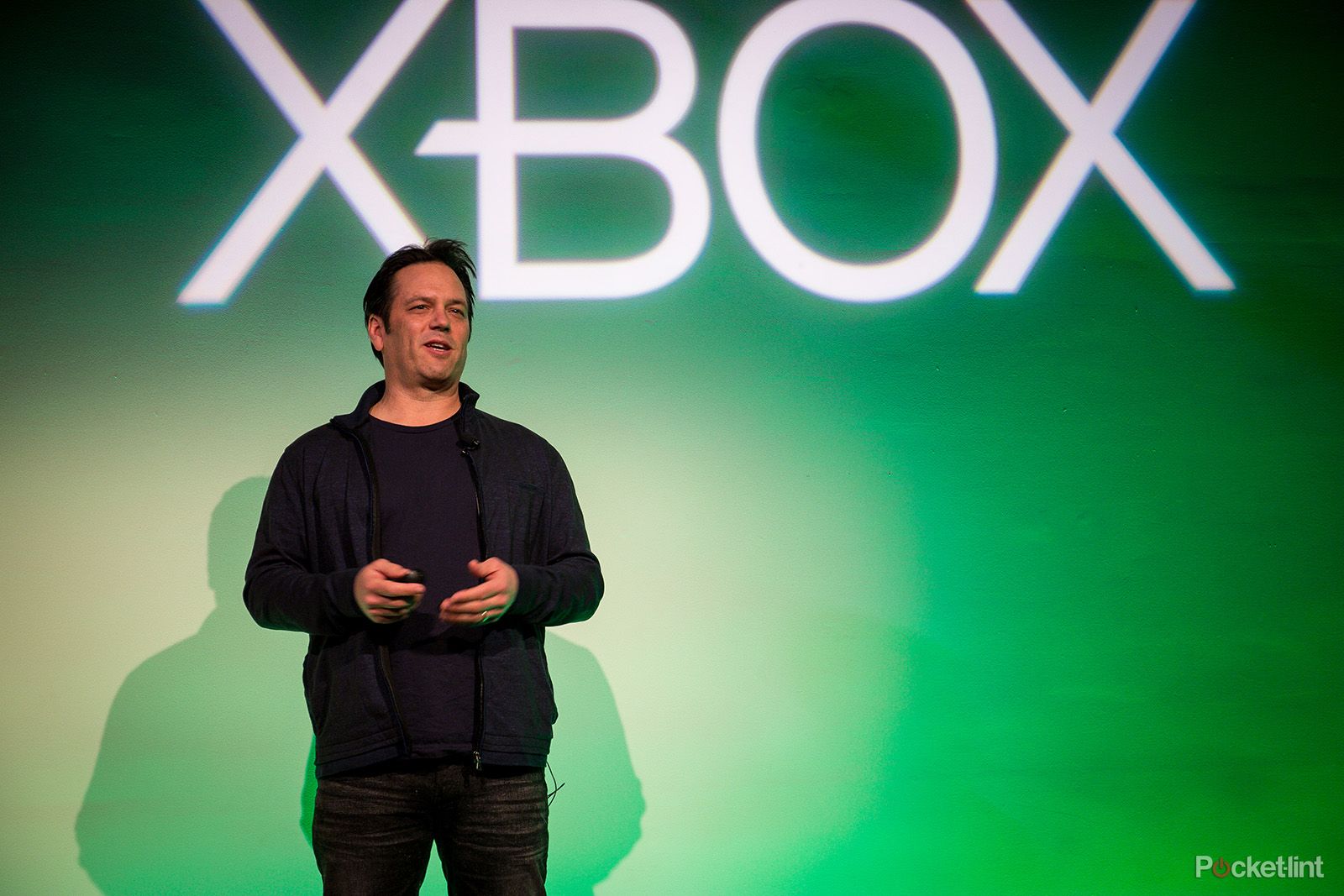When the head of Xbox, Phil Spencer, announced that the Xbox One would be getting backwards compatibility last year, there wasn't a single current gen console gamer left unimpressed. Xbox One owners were naturally cock-a-hoop at the prospect, while PS4 owners could only look on with jealous eyes - restricted to the PlayStation Now subscription service for the ability to play last-gen titles.
Nintendo fans will point out that the Wii U has been backwards compatible since the off, but they are now distracted by a new, upcoming console launch.
The Xbox One finally got the promised backwards compatibility last November, with 104 Xbox 360 games suddenly made available through software emulation. Disc or download versions could be played on the current machine for the first time, and even previous cloud saves could be continue.
Since then though, there has been a steady but slow drip feed of new titles added to the roster - with plenty of notable triple-A absentees. Many of the currently compatible games are first-party Microsoft titles, and the Grand Theft Autos and Skyrims of this world are seemingly pipe dreams for now.
What's more, where Xbox was once splurging out big lists of newly compatible games on a regular basis, that is no longer the case. There doesn't seem to be a regularity to the backwards compatibility strategy anymore.
Xbox One backwards compatibility process explained
So that's why, when we got the opportunity to talk to Spencer at the recent Xbox Spring Showcase event in San Francisco, we asked about backwards compatibility, why it takes so long to get games onto the supported list.
"[It's a long process] especially when you’re working with third-party games," he explained to us.
"If you put out something and it’s not running well, it will reflect negatively on the publisher. So we want to get approval from the third-parties before we release them.
"You also have to make sure it runs well in backwards compatibility mode. We have one of our testing team run through every level of the game, just to make sure that there is nothing not working exactly the way we expect."
READ: How Xbox One backwards compatibility works
With a game like Fallout 3, which is already available, Skyrim or Grand Theft Auto IV, that could take some time.
"Some of these games are big. You can imagine going through some of these games and making sure they run. It’s the publisher’s right to be sure the game plays as well if not better," he added.
"Think about a game like Fallout 3 and you just go 'wow', right? The support from the publishers has been good."
Another reason that you might not see your favourite game hit the list is that the publisher might have other plans for it - especially third-party publishers sitting on massive titles.
"There are some instances where people are doing HD remakes of their back catalogue as well, so they might not want the HD remake and the backwards compatible version to come out at the same time," he explained.
"Everybody’s going to make their own business decisions, but overall I’ve been pleased with the support."
Xbox One backwards compatibility release schedule
As for the switch from a monthly release list to a less regimented plan, Spencer told us that the new system benefits Xbox One owners more because the company's adds new games everytime they are ready, rather than hold onto them for a particular release schedule.
"We’ve shifted away from releasing 10-20 games a month, like we were doing, because people were asking for them more frequently. So we decided we’d just release them when they’re done," he revealed.
"That does mean that from a PR standpoint that it doesn’t seem there’s a big bomb that drops all the time, but as they finish through the pipeline, the publisher’s approved it, the tester’s approved it, we’ll just release them ongoing. We’re probably close to 140 games now and it continues to grow. I feel good about that number.
"We only started in September."

